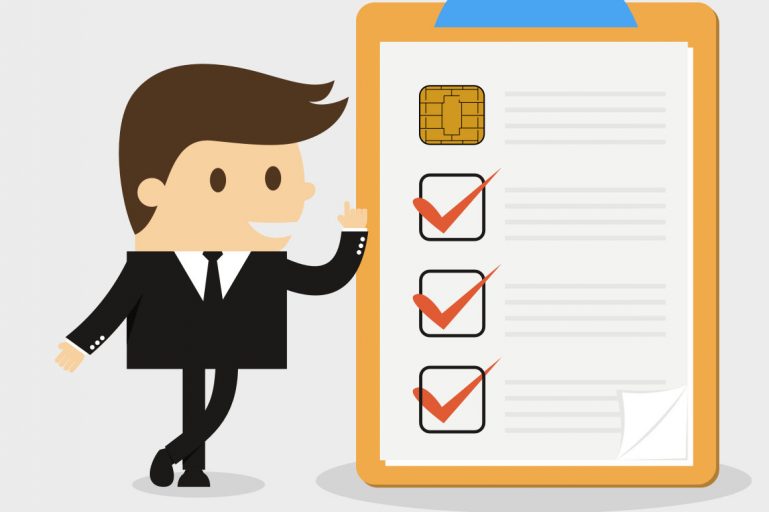
The Busy Small Business Owner’s EMV Liability Checklist
Starting on October 1, 2015, you may become liable for all credit card fraud that takes place in your business.
Sounds scary, huh? But the good news is that it doesn’t have to be. EMV chip cards are coming to the United States and if you take the following steps to prepare for the upcoming changes, you can start to reap the benefits of EMV point of sale adoption such as reducing fraud and boosting customer confidence at the point of sale. Here’s 4 Simple Steps to Preparing for the EMV Liability Shift:
1. Get Educated
Congratulations! If you’re reading this blog post you’re already taking the first step in learning how the EMV liability shift will affect your business. When the U.S. liability shift kicks in on October 1st, criminals won’t be the only ones targeting unprepared small business owners. The best way to protect yourself from scams and ensure that you are making smart business decisions is to have a solid understanding of how EMV chip card technology works, keep track of what changes are happening to U.S. liability shift policies and know what to expect from EMV chip-enabled terminals and payment processors. ###2. Create an EMV Enablement Plan with a Point of Sale Software Provider Find a point of sale software provider that can supply you with an EMV-enabled card reader that also supports contactless payments and traditional magnetic stripe cards. Not all merchants will have transitioned to EMV chip cards by October 1st, so you want to make sure that your business is secure but also prepared to accommodate your customers’ needs. Find out what’s required to upgrade and how much support you’ll receive for installation and integration now, so you have a clear picture of what investments in time, money, and training will be necessary to ensure a smooth transition.
2. Talk to Your Processor
Have a discussion with your payment processor about what you can do to enhance security and reduce point of sale transaction fraud now, as well as once the EMV liability shift kicks in come October. Make sure to ask specifically when they will support EMV payment processing. Some point of sale providers have integrated payment processing, which simplifies things and saves you time by allowing you to have this discussion with a single point of contact.
3. Gather Price Quotes and Assess the Costs
The cost of upgrading to EMV point of sale technology will vary greatly depending on the features, functionality, level of support and the overall quality of the software. While monetary cost is important, it is essential to focus on value. When accessing the true cost of EMV point of sale some of the things to consider are, reliability of hardware, ease of use, and the type of dedicated support that will be available to you. You should also be on the lookout for hidden fees; some of the best POS providers are those that offer straightforward, transparent pricing.
On October 1st merchants large and small will be held liable for any fraudulent transactions that take place in their business. A level of effort is necessary to understand the limitations and functionality of EMV point of sale technology. Protect yourself by taking the necessary steps to future-proof your business as much as possible.
Want to try ShopKeep for yourself?
Just answer a few easy questions.
Need help finding the right point of sale?
Just complete the form. We’ll call you right back to explain how ShopKeep can work for you.
Hit the ground running.Sprinting, in fact!
Read our free, comprehensive guide, Small Business 101, to learn all you need to know about starting a thriving business.

